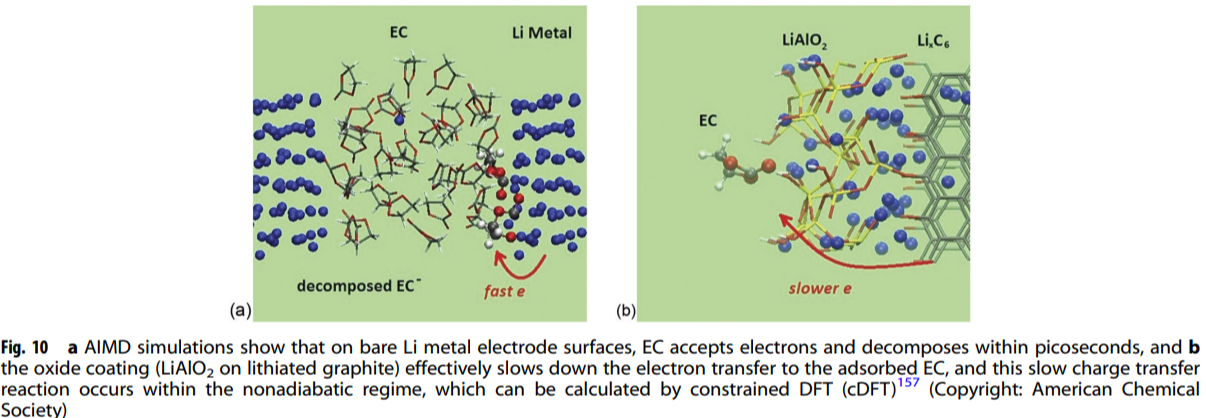
In this scenario, the rock in position A will never be able to move up the hump without an external force apllied to it(illustrated as person pushing). In order for the rock to move to position B, all it needs is just enough force to go over the hump and the rest will be spontaneous. Such force required to move up the hump is called the Activation energy in modern chemistry. Any force smaller than the activation energy of the rock, will not make the rock go over the hump. However, in quantum physics point of view, it is possible for the rock to tunnel through the hump with an force smaller than activation energy.

The point I want to clarify here is that the idea of going "through" is not the same as catalyst which lowers the activation energy in classical chemistry. Since very small particle has the property of a wave, if the value of wave function isn't zero over the hump, it will exist. However, the conditions here is that the activation energy is not too high and also, the particle should be small and light enough. Given these conditions met, we call this movement of "going through" as quantum tunneling in Quantum Physics.

Such phenomenon of quantum tunneling can be found in lithium-ion batteries which is deeply rooted into our lives now a days. Many of you are already familiar with the batteries slowly fading out, giving less and less battery time. Well this is one of the consequences of quatum tunneling in the batteries. To be specific, it can be obeserved in the solid Electrolyte Interface(SEI) as the electron moves through it. SEI which is formed onto anode during the initial steps of development, functions as secondary seperator that blocks the movement of an electron forcing it to move only through the wire. In classical physics point of view, it would be impossible for an electron to move about the SEI because it requires electron to move through a very high activation energy barrier(note that quantum tunneling i snot the only way for an electron to move through the SEI, it is one of the many electron leakage mechansim). However, in quntum physics point of view, it was observed that electrons were able to move throught the SEI with quatum tunneling. Since electrons contacting with the elecrolyte will cause side reaction(oxidiation reaction) and will lead to weaken the SEI ultimately resulting in lowering the efficiency and safety of lithium ion. Thus, it is critical to study and prevent such electron movement through quantum tunneling to enhance battery.

Dr.Emanuel Peled suggested sub-nanometer insulating layer covered electrode as a way to prevent quantum tunneling. As it can be seen in the above AIMD simulation, the oxide coated anode shows significant prevention of Cyclic ethylene carbonate's decomposition reaction than the non oxide coated anode.

In addition, the initial battery capacity is inevitably reduced during the initial formation of a SEI, which Dr.YuXiao Lin addressed in the formula above that allows the critical thickness of a SEI to limit the quautum tunneling to a very low probability(e^-40). The main reason in not creating a very thick SEI is because it will increase the initial battery capacity loss with it as it can be seen in the above equation. As such, changing one variable in battery development has both advantages as well as disadvantatges, and there are countless variabless, thus it is very difficult task to develop an optimal battery.
'Articles in English' 카테고리의 다른 글
| The buildup of the nanometer-thick SEI layer (0) | 2021.07.10 |
|---|---|
| Molecular Dynamic Study of electrode-electrolyte surface (1) | 2021.07.06 |
| Trump's failed economy led to defeat in the election (0) | 2020.12.02 |
| How Donald Trump got elected as the President of U.S.A (1) | 2019.01.27 |



